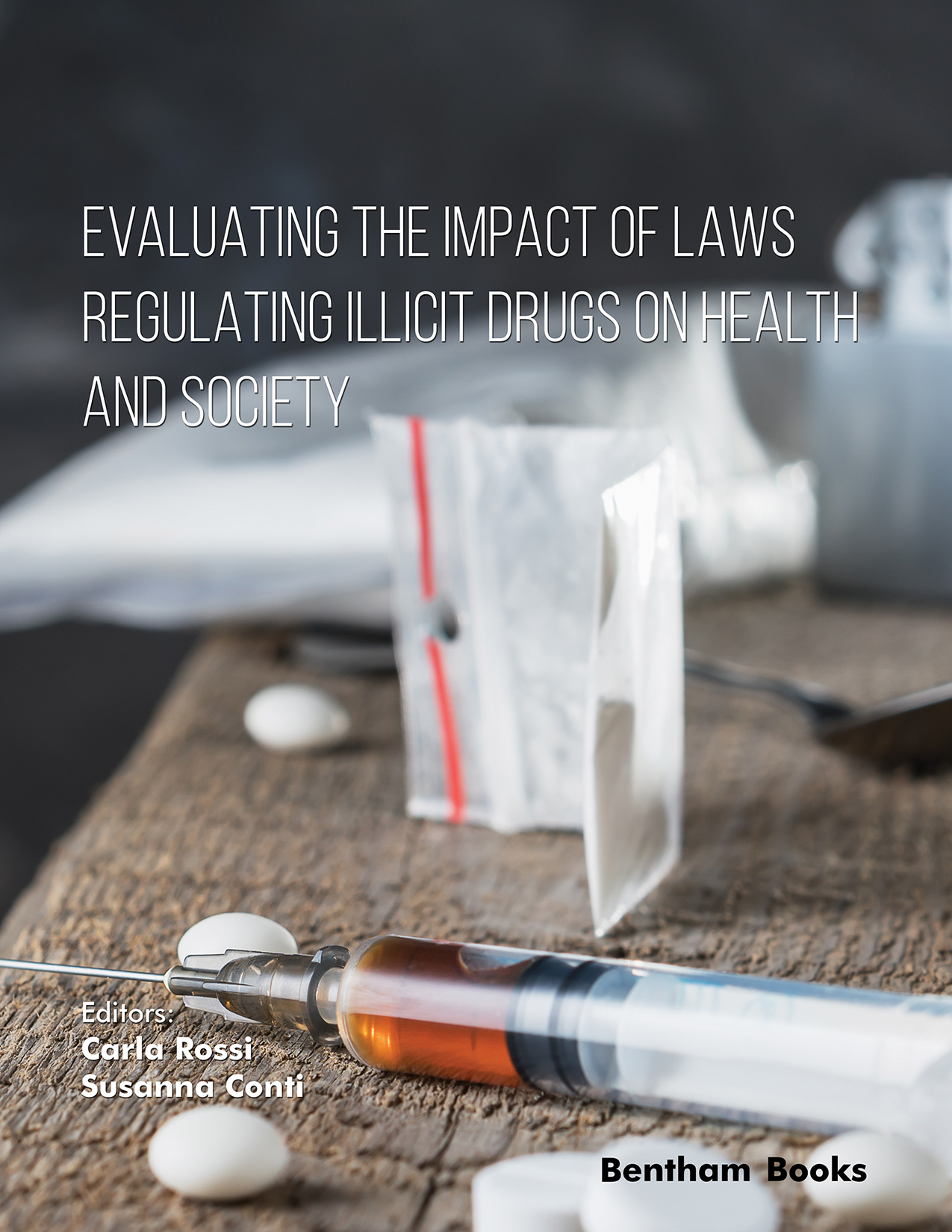“This is a time for science and solidarity, as United Nations Secretary-General António Guterres has said, highlighting the importance of trust in science and of working together to respond to the global COVID-19 pandemic. The same holds true for our responses to the world drug problem. To be effective, balanced solutions to drug demand and supply must be rooted in evidence and shared responsibility….
….highlights the importance of scientific evidence to strengthen responses to the world drug problem and support the people who need us. It also speaks to the ultimate goal of drug control, namely the health and welfare of humankind.”
The purpose of the book is well summarised in the Preface to the World Drug Report 2020 by the Executive Director of United Nations Office on Drugs and Crime (UNODC) Ghada Waly.
Much research over the past 30 years has been devoted to evaluating illicit drug laws and policies on a scientific basis.
Even the Global Commission on Drug Policy has specifically emphasized in its reports the need to base the evaluation of drug laws and policies on scientific evidence.
This need is spreading all over the world, and many scientific projects have made the quantitative evaluation of policies using standard and novel indicators central to their objectives.
From various projects and interactions of research groups comes this book that brings together many themes and many evaluations of drug laws and policies using both standard approaches and innovative methods.
The themes of the chapters emerged from workshops in which the various authors participated over the years and from collaborations within international projects. The sequence of chapters also emerged from such collaborations.
The first chapter discusses an innovative approach in the a priori quantitative evaluation of laws by specifically scoring repressive aspects. This is a new aspect of evaluating laws using quantitative approaches through specific "policy indices" and, for the first time, "a priori" quantitative evaluation of drug laws has been used through an approach never before used in the field of illicit drugs, the leximetric approach.
The second chapter shows how another type of a priori evaluation can be carried out by modeling the expected consequences of a change in the law, such as the legalization of cannabis, using a mathematical approach that allows for the prediction and analysis of possible scenarios.
The application examples, from which the quantitative methods are derived, are intended to make the quantitative methods more familiar and usable in the policy arena.
Chapters three through six cover various aspects related to the use of the most harmful classic substance, heroin or opioids, dealing with health consequences with the example of using a large hospital dataset in Chapter 5 and the treatment of severe users. Special attention is given to the very important and effective HAT therapy, which is not applied in many countries for ideological reasons, whereas it should be applied for ethical reasons. Chapter 3 outlines the history of the therapy, reporting clinical trials and their efficacy results. Chapter 4 shows efficacy from an application perspective, reporting examples of recent application in Canada. In Chapter 6, efficacy is also mathematically evaluated through an appropriate model. These chapters are particularly useful for policy assessments of the new epidemic of heroin and opiate use observed in the last decade in Western countries.
Subsequent chapters, from the seventh to the eleventh, explain the different aspects, related to demand and supply reduction policies, and the indicators used to assess the consequences of substance use. In particular, Chapter 7 presents poly-drug use and analyzes the correlation between ineffective prevention interventions and school dropout. In Chapter 8, treatment effectiveness is analyzed, reporting the results of various applications. This is a very interesting topic, as treatments are applied but are not always scientifically evaluated. In Chapter 9, supply reduction policies are analyzed by considering possible indicators and showing their use to evaluate their effectiveness. Chapter 10 considers the estimation of market size, analyzing various approaches, and Chapter 11 analyzes the judicial costs associated with enforcement interventions, comparing four countries. The last chapter shows, in summary, the link between the gains of criminal organizations and investment in corruption with further gains as forms of power.
The key point of Chapter 12 is the quantitative approach to the study of the correlation between illicit drug trafficking profits and the level of corruption, thus assessing the socio-economic consequences of corruption, which, because of the correlation, are directly linked the illicit drug market profits, thus involving the entire world population in the consequences of the drug market.
Carla Rossi
Centre of Statistical and Social Studies (Ce3S)
Rome, Italy
&
Susanna Conti
Società di Statistica Medica ed
ed Epidemiologia Clinica (SISMEC)

